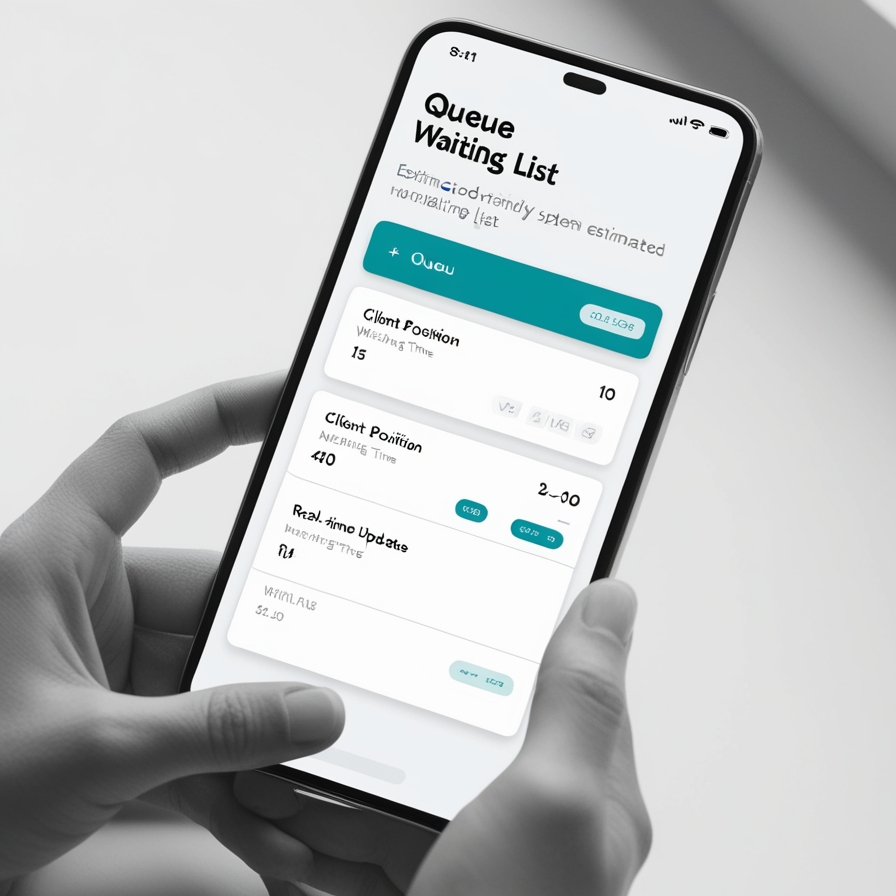Queue management automation has become an indispensable tool in sectors such as healthcare, retail, and hospitality, revolutionizing turn management and improving the customer experience. By eliminating physical lines, this technology allows users to manage their turns via mobile applications and real-time notification systems, optimizing their time. Additionally, it promotes inclusion by automatically prioritizing individuals with special needs, enhancing the positive perception of businesses. The digitization of processes minimizes common errors found in manual systems and allows real-time data analysis to adjust resources and respond to demands efficiently, boosting productivity and positioning businesses as leaders in innovation.

Queue automation has evolved from an optional tool to a central element in the operational strategy of businesses in sectors like healthcare, retail, and hospitality. This type of technology not only reorganizes turn management but also redefines the interaction between users and organizations, creating smoother and more personalized experiences while optimizing internal resources.
Inclusion and Customer Experience Improvement
Inclusion is another key aspect of these solutions. By automatically prioritizing elderly individuals, pregnant women, or those with disabilities, systems ensure equitable treatment tailored to the needs of each customer. This not only strengthens a company’s reputation as a socially responsible entity but also enhances the customer experience by ensuring each user feels valued.
From an operational perspective, turn management automation provides businesses with a powerful tool for strategic planning. Real-time data, such as user flows or wait times, enables the identification of patterns and forecasting of demand. This facilitates more efficient resource allocation, ensuring sufficient staff during peak periods and avoiding waste during low-demand times. For instance, a hospital can reorganize doctor availability based on daily needs, while a retailer can adjust its inventory to serve customers during key times.

Queue Management Automation: Reducing Errors and Continuous Improvement
Furthermore, the digitization of processes minimizes errors associated with traditional systems. In a manual model, lack of precision in queue management can lead to delays and frustration for both users and staff. Automated systems eliminate these failures by operating with algorithms that ensure precise and agile allocation, resulting in a more orderly workflow.
In the long term, this technology fosters a cycle of continuous improvement. By constantly evaluating the data generated, businesses can adjust their processes to optimally meet the changing needs of their customers and employees. This not only increases productivity but also boosts adaptability in a dynamic business environment.
Real-Time Personalization: More Than Just Organizing Queues
Did you know that queue automation not only organizes turns but also personalizes the experience by identifying each customer’s unique needs in real time?
At Qanty, we are here to help you implement solutions tailored to your business needs. Feel free to contact us! We’d be happy to explore how we can elevate your business management to new heights and make it more efficient than ever.